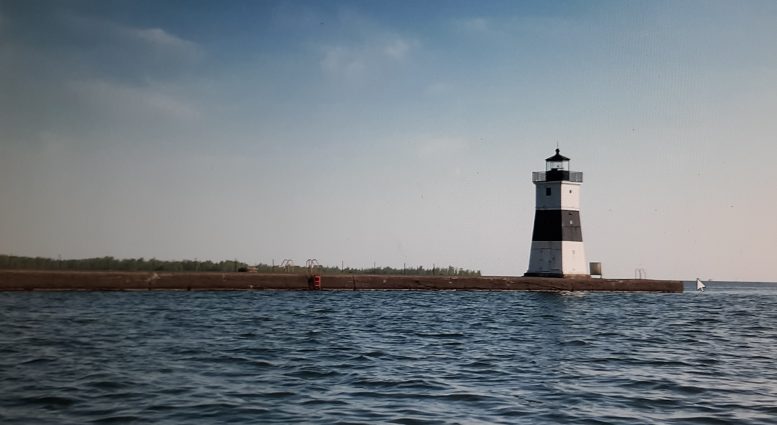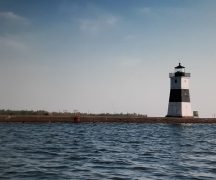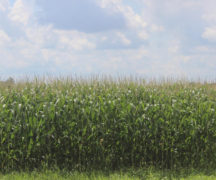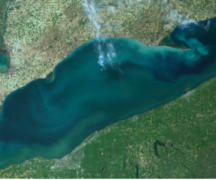The National Oceanic and Atmospheric Administration is projecting that the Microcystis harmful algal blooms (HABs) in western Lake Erie this summer will be smaller than average.
With data through May 9, the bloom is likely to be smaller than average, the NOAA reports in its first weekly bulletin of the season It is expected to have a severity less than a 6. That’s much lower than in 2017 or 2019, when the blooms were about 8. The largest bloom since 2002 was 10.5 in 2015. Last year it was 3.
NOAA reports that discharge of water from the Maumee River was below average in March and April, due to lower than average rainfall, which led to low phosphorus loads in early spring.
Weather systems in May are bringing rain to the region, which will lead to a wetter than normal month that will bump up the phosphorus load. There is uncertainty in the weather models on exact amounts, placement and intensity of rainfall in May which leads to uncertainty in the discharge, and the HAB forecast.
In June, we expect a return to normal rainfall with less uncertainty.
The severity of the western Lake Erie cyanobacterial harmful algal bloom (HAB) depends on input of bioavailable phosphorus from the Maumee River during the loading season, March 1-July 31).





